Australian Border Force, Australian Criminal Intelligence Commission, Australian Federal Police, Northern Territory Police
The Northern Territory reported twice the number of arrests for amphetamine-type stimulants (ATS) in 2014–15 compared with the previous year, according to a new report by the Australian Criminal Intelligence Commission (ACIC).
The Illicit Drug Data Report 2014–15 released today shows that ATS arrests in the Northern Territory increased from 138 in 2013–14 to 282 in 2014–15.
Included in these statistics are prices for crystal methylamphetamine (ice), for which users in the Northern Territory continue to pay a high price of $900 to $1200 per gram.
Minister for Justice, the Hon. Michael Keenan MP, launched the report alongside ACIC Chief Executive Officer, Mr Chris Dawson, in Adelaide.
“The increase in arrests highlights the continued vigilance and success of law enforcement in combating illicit drugs in the Northern Territory,” said Mr Dawson.
“Illicit drugs are often behind violent crimes and put immense strain on our health services. I commend our law enforcement partners for disrupting this insidious trade that profits from our misery.”
NT Police Commissioner Reece Kershaw supports the comments of the ACIC, stating that the figures are reflective of the persistent efforts of NT Police targeting illicit drugs.
“Targets such as organised crime, as well as solo operators, have successfully had their drug trafficking activities disrupted and dismantled by law enforcement operations,” Commissioner Kershaw said.
“Such is the nefarious nature of methamphetamines that NT Police have engaged in cross border operations with partner counterparts Australian Border Force, Australian Federal Police and the Australian Criminal Intelligence Commission through Joint Agency Taskforce Nemesis to tackle the importation, manufacture and trafficking of illicit drugs in the community”
Australian Federal Police (AFP) Commissioner Andrew Colvin said the combined efforts by agencies has led to an increase in illicit drug seizures and arrests nationally.
“This year’s report demonstrates the close collaboration between law enforcement agencies has led to 13.7 per cent more drugs seized and 19.5 per cent more arrests from the previous year.
“But we are not complacent. Disrupting the supply chain for narcotics is vital to ending the devastation of illicit drugs. The AFP has recently recommitted to close working relationships with China, Vietnam and Cambodia to address the shared threat of transnational and organised crime. These partnerships provide significant value for Australian law enforcement in terms of our understanding of concealment methods, trafficking routes and syndicates facilitating narcotic imports into Australia.”
“Due in part to our wealthy status and our use of technology, Australia remains a target for criminal networks. The illicit drug data report is imperative in providing intelligence to the AFP’s International Network and aids in the development of off-shore partnerships to target illicit drug importation at its source,” Commissioner Colvin said.
Australian Border Force (ABF) Commissioner, Roman Quaedvlieg, said the ABF will continue to work closely with its partners to combat the threat of illicit drugs.
“While it is satisfying to note increased detections and arrests by the law enforcement community, it’s also a salutary reminder that the threat posed by illicit drugs is ever present,” he said.
“At this time, the most prominent of those threats is methamphetamine and its precursors and derivatives. The ABF is working with its partners to combat this pernicious drug.”
The Illicit Drug Data Report 2014–15 is a statistical report which provides governments, law enforcement agencies and policy makers with a robust picture of the Australian illicit drug market. It pulls together data from all state and territory police agencies, the Australian Federal Police, the Department of Immigration and Border Protection/Australian Border Force and forensic laboratories.
For the first time, the report includes data from wastewater analysis to provide law enforcement, policy, regulatory and health agencies with additional and more objective data in relation to the usage of methylamphetamine and other drugs.
“The statistics in the Illicit Drug Data Report will inform prioritisation and decision-making to help protect Australia and minimise the threat, harm and destruction caused by illicit drugs,” Mr Dawson said.
The Illicit Drug Data Report 2014–15 is available online at www.acic.gov.au
